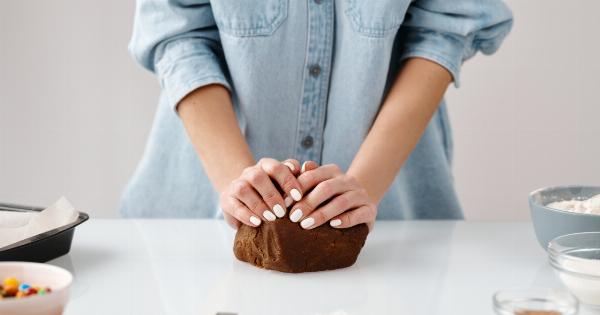Anti-aging products have become increasingly popular in recent years as people strive to maintain a youthful appearance. With so many different products on the market, it can be tempting to mix and match in the hopes of achieving even better results.
However, mixing anti-aging products without proper knowledge can have unintended consequences. In this article, we will explore what happens when you mix anti-aging products and the potential risks involved.
Understanding Anti-Aging Products
Before we delve into the effects of mixing anti-aging products, it is important to understand what these products are and how they work. Anti-aging products are designed to target common signs of aging such as wrinkles, fine lines, and age spots.
They typically contain ingredients like retinol, hyaluronic acid, peptides, antioxidants, and various vitamins.
The Dangers of Mixing Anti-Aging Products
While it may seem harmless to mix different anti-aging products, doing so can actually be quite risky. The main danger lies in the potential interactions between the ingredients in these products.
Mixing certain ingredients can lead to irritation, allergic reactions, or even more severe side effects. It is essential to remember that each product is formulated with specific concentrations and combinations of ingredients, and altering this balance can have negative consequences.
Compromised Efficacy
Another issue that arises when mixing anti-aging products is compromised efficacy. Each product is designed to work optimally within its own formula.
By combining multiple products, you may dilute the potency of each individual product, leading to less effective results. In some cases, the products may even cancel each other out, rendering them useless. It is important to carefully read the instructions and follow the recommended usage to ensure maximum efficacy.
Potential Skin Sensitivity and Irritation
One of the most common consequences of mixing anti-aging products is skin sensitivity and irritation.
Some ingredients, such as retinol or alpha-hydroxy acids, can be particularly harsh on the skin, especially when used in high concentrations or combined with other products. Repeatedly exposing your skin to such ingredients without proper care and monitoring can lead to redness, dryness, peeling, and even burns. It is crucial to take a cautious approach to avoid these unpleasant side effects.
Unpredictable Reactions
When you mix multiple anti-aging products, it becomes nearly impossible to predict how your skin will react. Each person’s skin is unique and can respond differently to various ingredients.
Mixing products increases the likelihood of unexpected interactions, which could result in anything from breakouts and rashes to allergic reactions. It is always best to stick to a well-thought-out skincare routine that is suited to your specific needs to minimize the risk of such reactions.
Interference with Active Ingredients
Certain anti-aging products contain active ingredients that need specific conditions to work their magic. For example, some antioxidants require a particular pH level to remain stable and effective.
By mixing products without understanding their individual pH levels or active ingredient requirements, you may inadvertently neutralize these beneficial properties. This interference can significantly diminish the benefits you would otherwise experience from the products used separately.
Lack of Professional Guidance
Self-prescribing and mixing anti-aging products without consulting a dermatologist or skincare professional can be problematic.
These experts have the knowledge and experience to analyze your skin type, identify your specific concerns, and recommend a personalized regimen. They will consider multiple factors such as your age, skin conditions, allergies, and past reactions when prescribing skincare products.
When mixing products without professional guidance, you miss out on these crucial considerations, compromising your results and potentially jeopardizing your skin’s health.
The Importance of Patch Testing
When using new anti-aging products or considering mixing them, it is essential to conduct patch tests.
Patch testing involves applying a small amount of the product or combination of products on a small area of your skin, usually on your arm or behind your ear, and monitoring for any adverse reactions. This precautionary step will give you an indication of how your skin will likely react to the mix without subjecting your entire face to potential harm.
Consulting a Dermatologist
Given the potential risks involved in mixing anti-aging products, it is highly recommended to consult a dermatologist.
These medical professionals can evaluate your skin, listen to your concerns, and guide you towards a skincare routine that addresses your specific needs. They can recommend products that are likely to work well together and advise against any potentially harmful combinations. Dermatologists also have access to prescription-strength products that may be more suitable for certain individuals.
The Bottom Line
While it may be tempting to experiment by mixing anti-aging products, the potential risks and consequences outweigh any perceived benefits.
Mixing these products without proper knowledge can lead to skin sensitivity, irritation, compromised efficacy, unpredictable reactions, and interference with active ingredients. It is crucial to understand the ingredients and formulations of each product you use and seek professional guidance when needed.
Remember, the key to successful anti-aging skincare lies in consistency, using the right products for your specific needs, and maintaining a healthy skincare routine.





























